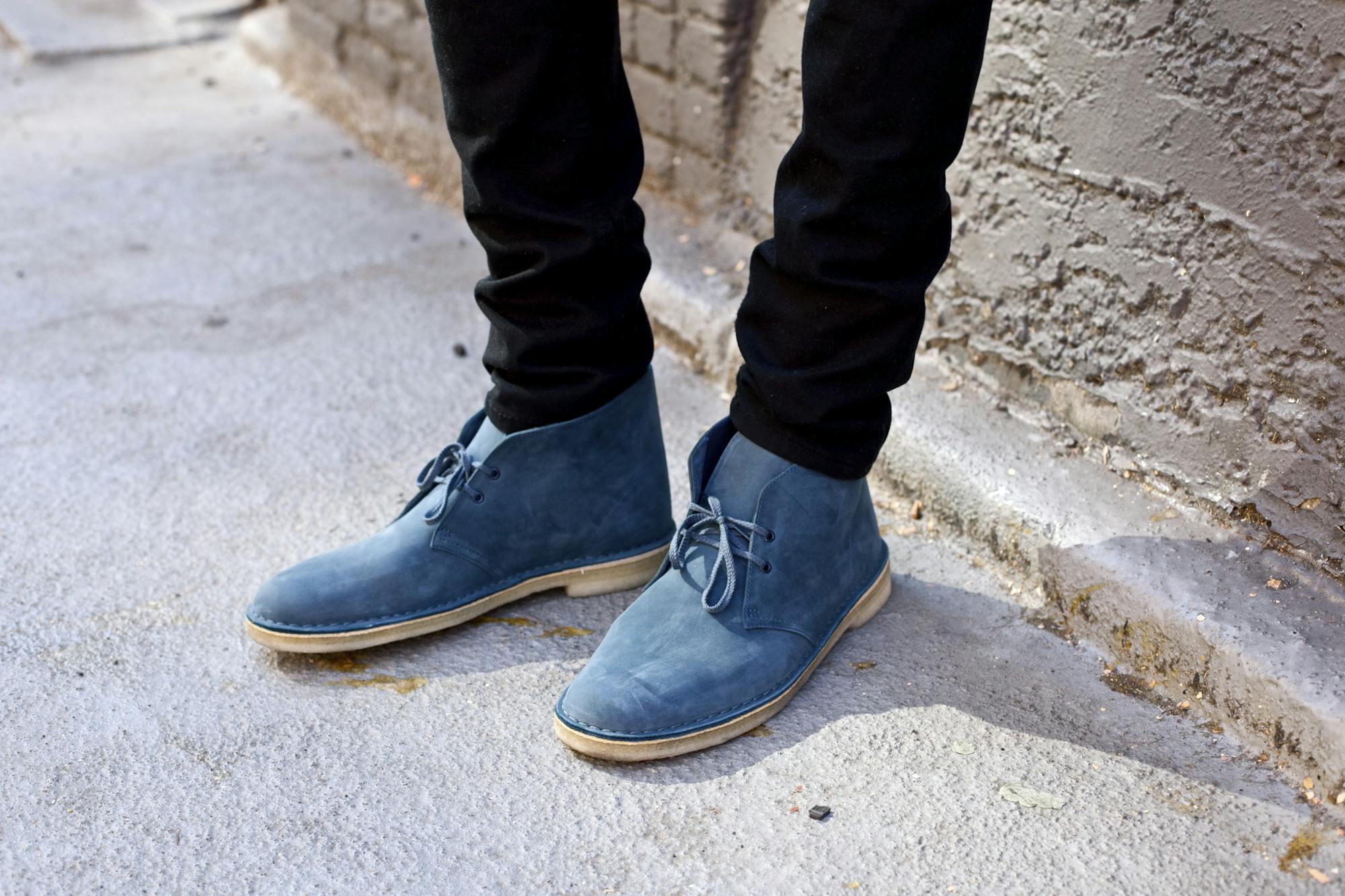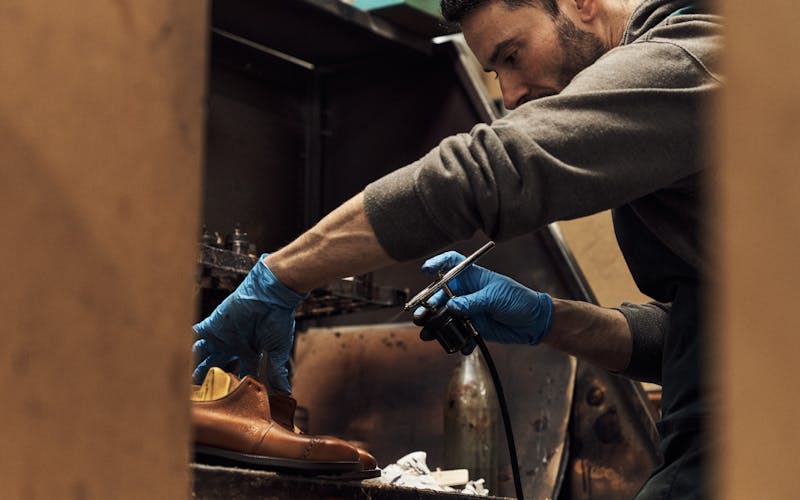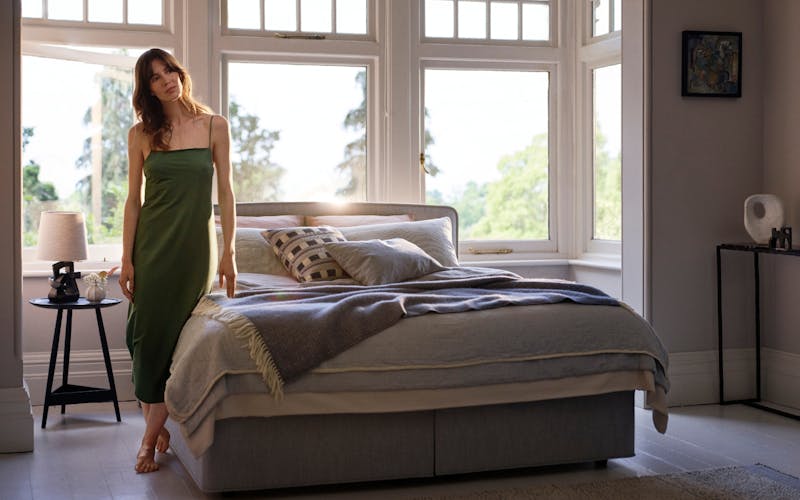

for Walpole members and
non-members available now
at The Londoner




This year marks the centenary of the founding of the Bauhaus, the German art school that did more, perhaps, than any other organisation to influence – and even invent – 20th-century architecture and design: buildings, interiors, graphics, industrial design, typography, all were profoundly changed by the philosophy and aesthetics of the Bauhaus.
Founded in Weimar by the visionary, and unfailingly dapper Walter Gropius – subject, this spring, of a major new biography by Fiona MacCarthy – the list of Bauhaus-associated artists, designers and architects includes, but is by no means limited to, Paul Klee, Wassily Kandinsky, László Moholy-Nagy, Marcel Breuer and Ludwig Mies van der Rohe.
Throughout 2019 you will read and hear an awful lot, in the smart papers and on the arts channels, about these men, culminating on 8 September with the opening of a new building, the Bauhaus Museum Dessau, which will house the collection of the Bauhaus Foundation. Designed by addenda architects of Barcelona, this will, indisputably, become the world’s leading site of pilgrimage for modernist style snobs, modern architecture nuts and contemporary design geeks.
But why am I telling you this, in a publication devoted to celebrating the rather less austere pleasures and traditions of British luxury? What has the Bauhaus, that most Mitteleuropean, strudel-flavoured of movements, to do with us Britishers? Isn’t, or at least wasn’t, Britain – to where Gropius was effectively exiled in 1934, forced out of Berlin by the Nazis – the great home of anti-modernism? “We do not understand the modern movement and we do not like it,” Fiona MacCarthy quotes a British journalist of the time saying, in her new book. “An a-cultural country,” Gropius called Britain, in a letter home to a friend. “Bauhaus balls,” huffed Osbert Lancaster, in stiff retort. (Things improved after the war, of course, when groovier Brits began to get with the modernist programme.)
If non-aficionados know anything at all about the Bauhaus, it might be the simple phrase “form follows function”. (Actually coined as “form ever follows function”, by the American architect Louis Sullivan, but no matter.) Gropius and the gang avoided unnecessary ornamentation and strove for a clean and harmonious – one might say efficient – relationship between the design of an object, whether a building or a chair or a desk lamp, and its purpose.
If that sounds typically Teutonic and not at all British, then think again. Because one of the most important influences on the Bauhaus was an Englishman: William Morris. It was Morris, the polymathic Victorian architect, textile designer, poet, socialist agitator, beard wearer and Arts and Crafts mover and shaker, who first posited the notion that art should meet the needs of society, and that its function should dictate its form. A notion enthusiastically taken up at the beginning of the 20th century by the modernists of the Neues Bauen, precursors to the Bauhaus. Their idea was that art and mass production could be reconciled, that beauty in design could be achieved through radical simplicity, and that it could be made available to all. This is very William Morris-y.
I would argue that when it comes to British men’s style – one of my own areas of interest, as editor of Britain’s most stylish men’s magazine – form very much follows function, and it always has done. And that while, in other areas of design, such as womenswear, the idea of ‘function’ is not always but very often seen as drab and unsexy, in British men’s style an item – jacket, shoe, watch, car – can only really be judged successful if it is also useful.
There is precedent for this and the precedent is military: almost all British men’s formal style – which is to say all men’s formal style, since we Brits invented it – is military derived, and much casual style – American, British, Italian, and so on – is either military derived or at least military influenced. Consider outerwear alone: the great coat, the pea coat, the bomber jacket, the flying jacket, the field jacket… each was originally developed for use in combat.
At the risk of boring the jock straps off the less style snobby, and because there are so many to choose from and we have limited space, I will take just a few examples.
The Burberry trench coat, perhaps the most instantly recognisable item in British fashion, was originally supplied to British officers during the Boer wars of the late-19th century. Made of cotton gabardine, which kept the wearer dry while still allowing air to circulate, it was redesigned and earned its name in World War I, and that was the last time it had a substantial makeover. There have been tweaks, of course – the famous checked lining was added in the 1920s – and more recently Burberry designers Christopher Bailey and Riccardo Tisci have put their respectful stamps on it, but the trench coat is now as it was then: eminently fit for purpose, the purpose being to look smart, and keep the rain off. (And there can surely be no more British concerns than those two.)
The cardigan. Invented by James Brudenell, seventh earl of Cardigan, who commissioned them for his soldiers at the Battle of Balaclava (knitwear alert!) during the Crimean War. The natty buttoned sweater turned out to have much longer life than Cardigan’s soldiers. He commanded the famous Light Brigade, who made their infamous charge into the valley of death, as immortalised by Tennyson. Comfortable and attractive versions can be found at many of our leading British men’s outfitters. Paul Smith does a nice line in soft merino wool.
The Clarks desert boot. Nathan Clark, scion of the shoe empire, served in Burma during World War II. It was here that he first encountered British soldiers of the Eighth Army – the famous Desert Rats – wearing soft suede boots, with crepe soles, that they’d picked up while on leave in the bazaars and souks of Cairo. These soft boots, they found, were far better suited to the hot, arid conditions in which they were fighting. Back in Blighty, Clark launched the Desert Boot in 1950. It’s hardly changed since: suede or leather ankle-high uppers, soft soles, open lacing with two or three pairs of eyelets, quarters sewn in top of the vamp, a rounded toe. Extraordinarily comfortable timelessly stylish and close to indestructible.
The Land Rover. We Brits have produced a number of iconic car designs – the Mini Cooper, the E-Type Jag, the DB5, I could go on for as long as it takes you to navigate the circumference of the M25 on a bank holiday – but none so perfect, so functional and, as a result, so stylish, as the classic Land Rover now known as the Defender, the basic design of which is unchanged in 65 years. Designed in 1948, on Anglesey, by Maurice Wilks, who was inspired by a Willys jeep he’d driven on holiday, the Series I was a basic, centre-steering affair with a box section ladder frame chassis, and while, as a friend of mine who owns a handsome Series III puts it, the thing “takes turns like an oil tanker, vibrates like a tractor and smokes like Dot Cotton,” there’s a reason why it has been driven by Sir Ranulph Fiennes, Ralph Lauren, Sir Winston Churchill and the Queen. It’s not just because it looks cool – although it does look cool – it’s because it works.
Even Walter Gropius would agree.





